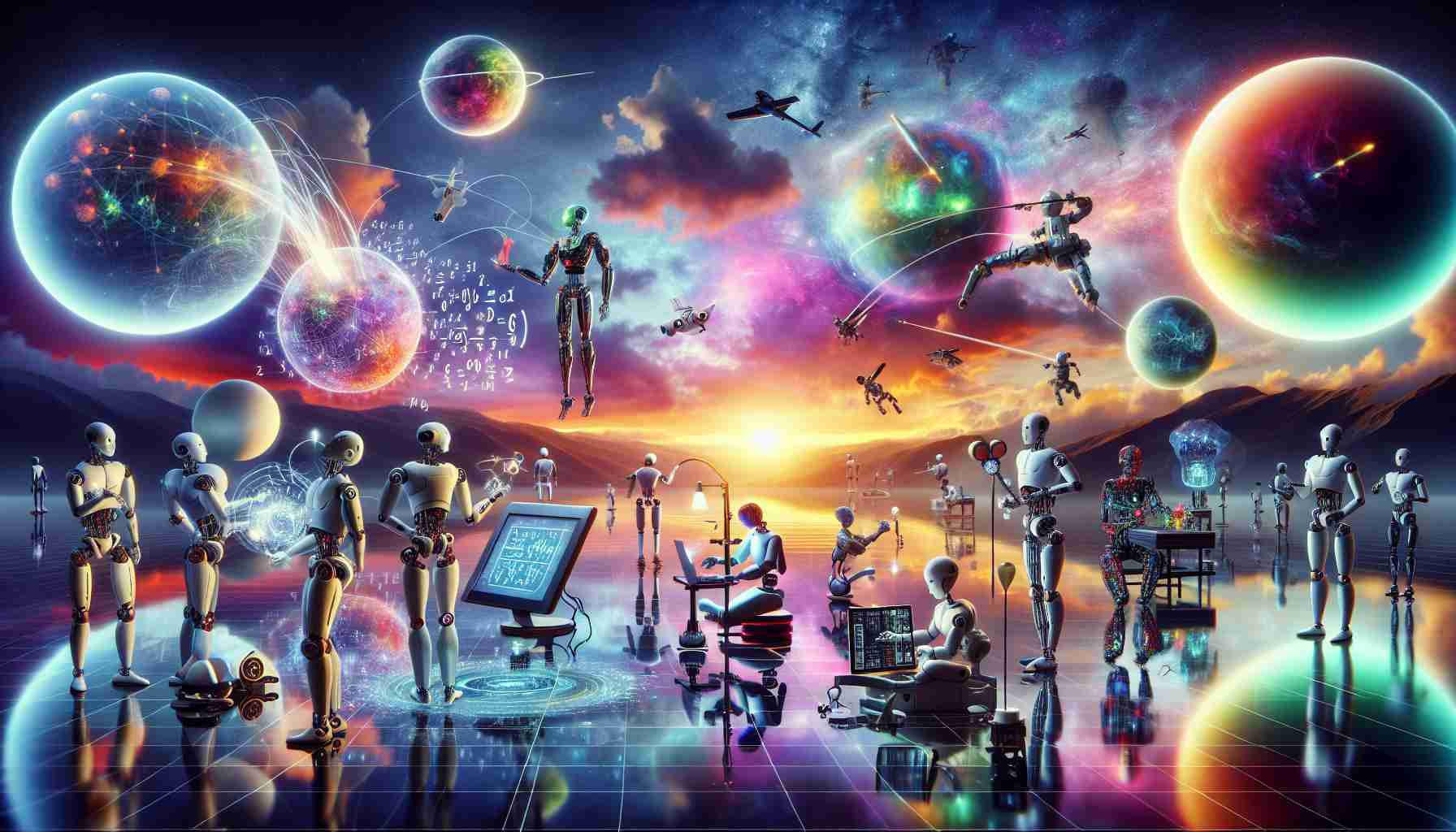Addverb, a key player in industrial automation, is set to embark on a groundbreaking journey into the world of humanoid robotics, with a significant launch planned for 2025. This pivotal development marks a major step in the company’s growth, which has evolved from creating fixed automation systems to pioneering mobile robotic solutions.
Earlier, Addverb unveiled the “Trakr,” an innovative AI-driven robot that excels in autonomous navigation and has been deployed for maintenance and security across varied landscapes. The company’s partnership with Reliance, a strategic investor since 2021, has further elevated its capabilities, enabling the integration of advanced robotic technologies in several sectors including grocery, fashion, and healthcare.
The forthcoming humanoid robot is set to be an advanced AI machine, designed to process a multitude of data from visual, auditory, and tactile sources. This sophisticated technology will allow the robot to navigate complex environments efficiently, tackle various intricate tasks, and adapt in real-time.
Addverb’s mission is to create a humanoid capable of performing jobs that are typically dull, dirty, or dangerous, showcasing human-like dexterity and strength. The company envisions not just a single humanoid, but a broader ecosystem that promotes the widespread adoption of humanoid technology across India and beyond, reflecting their commitment to transforming the landscape of robotics.
The Future of Robotics: A Game-Changer on the Horizon!
The future of robotics promises to be a transformative force in industries ranging from manufacturing to healthcare, with advancements that challenge our understanding of machinery and human interaction. While companies like Addverb are paving the way for humanoid robotics, a broader landscape is emerging with innovations that hold both potential and controversy.
What are the key trends shaping the future of robotics?
Several trends are influencing the robotics landscape, including:
1. Increased AI Integration: AI technologies are becoming more deeply integrated into robotic systems, allowing for enhanced decision-making capabilities, machine learning, and predictive analytics.
2. Collaborative Robotics (Cobots): Robots designed to work alongside humans are becoming increasingly common, promoting safety and efficiency in workplaces.
3. Miniaturization and Portability: The development of smaller, more portable robots is expanding their usability in various settings, such as in homes, offices, and healthcare facilities.
4. Sustainability: Robotics innovations are driving efforts towards more sustainable practices, such as waste reduction in manufacturing and optimizing energy use in robot functions.
What are the primary challenges and controversies associated with robotics?
1. Job Displacement: A significant concern about the rise of robotics is the potential loss of jobs. As robots take over routine tasks, there is fear that many workers may be replaced, leading to economic instability.
2. Ethical Considerations: The use of robots in fields such as defense and policing raises ethical questions about autonomy and decision-making capabilities. How much responsibility should be attributed to a machine?
3. Safety and Security: As more robots are deployed, the potential for malfunctions or security breaches increases. Ensuring the safety and security of these systems is paramount for public trust.
4. Regulation: There is currently a lack of comprehensive regulations governing the use of robots, especially in sensitive applications like healthcare and public safety. This poses challenges in accountability.
What are the advantages and disadvantages of advancing robotics?
Advantages:
– Increased Efficiency: Robots can work faster and more accurately than humans in repetitive tasks, leading to higher production rates.
– Enhanced Safety: Robots can perform dangerous jobs, reducing the risk to human workers.
– Improved Precision: In fields like healthcare, robotic-assisted surgeries can improve outcomes due to their precision.
Disadvantages:
– High Initial Costs: The investment required for advanced robotic systems can be prohibitive for small businesses.
– Maintenance and Programming: Robots require technical expertise to maintain and program, which may not be readily available.
– Dependency on Technology: Increased reliance on robots can lead to skills degradation among the workforce.
What lies ahead for robotics?
The next phase of robotics innovation is likely to feature greater autonomy through advanced AI capabilities, enabling robots to take on more complex tasks. As they evolve, the key questions will shift to how society can integrate these technologies responsibly and ethically.
For more detailed insights into the future of robotics and its implications, visit Robotics Online.












